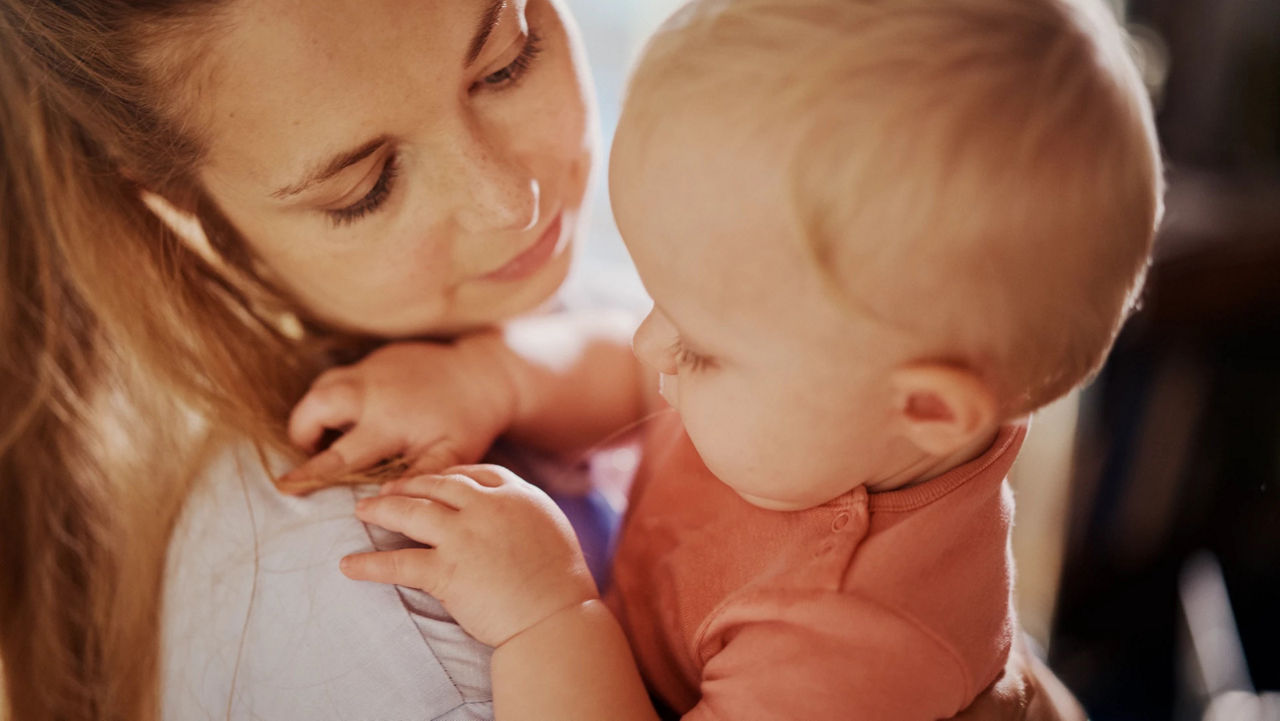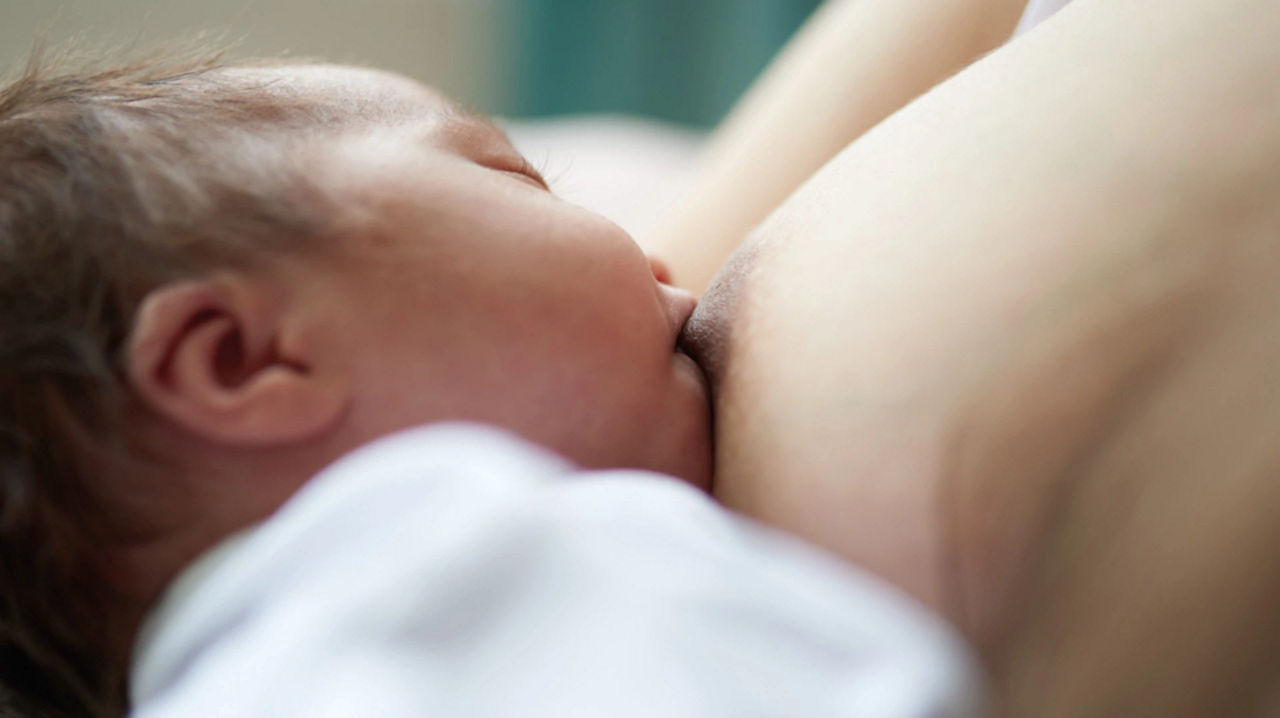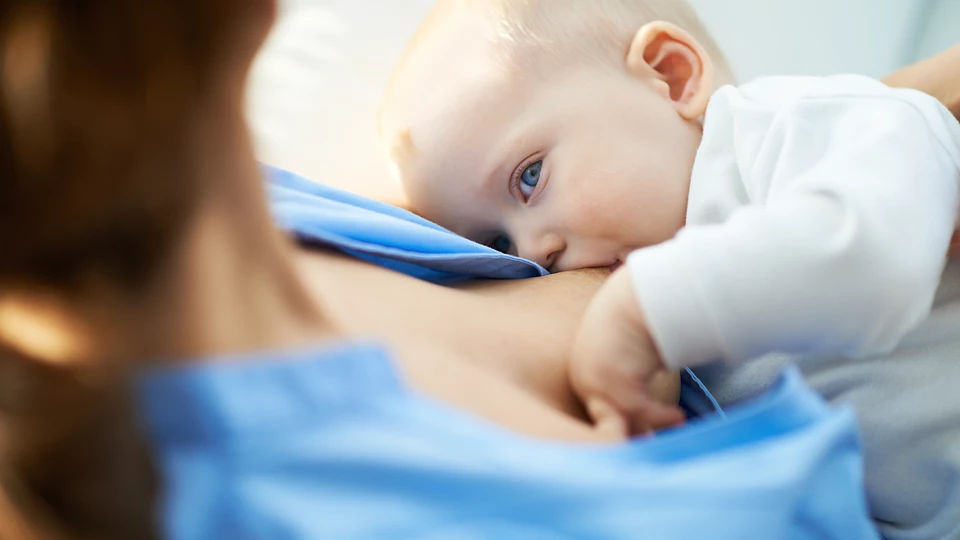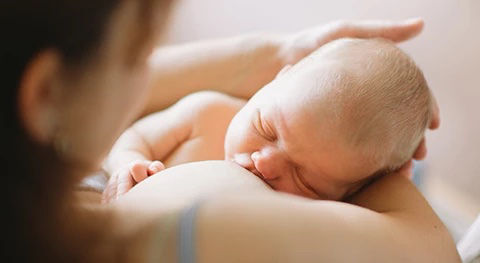Here is our quick guide on what the symptoms are and how thrush happens with breastfeeding. If you believe you have thrush, please contact a health care professional.
Thrush and Breastfeeding
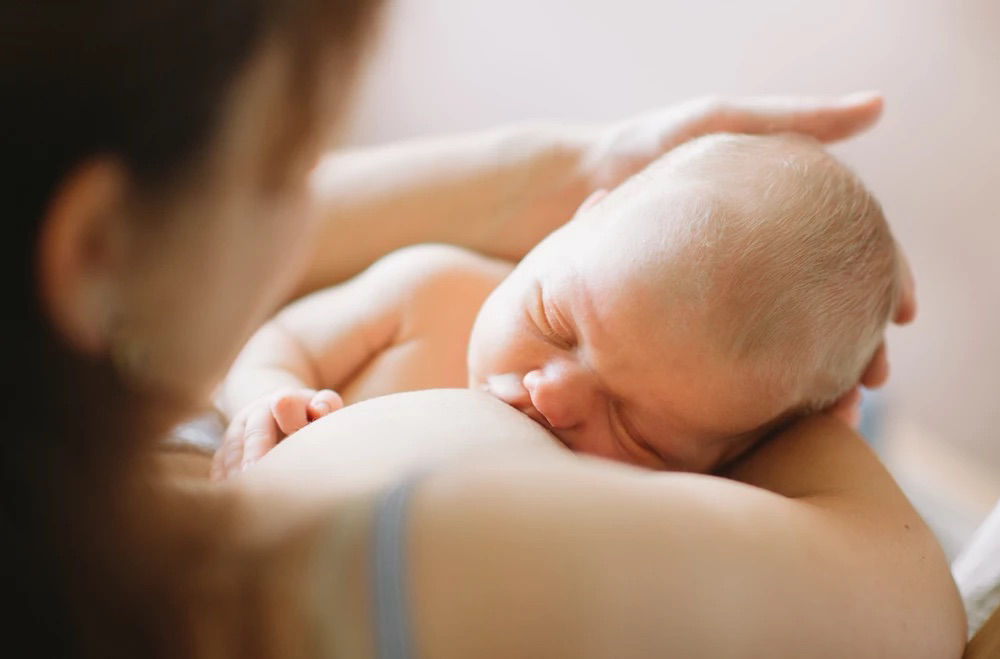
What is thrush?
Thrush is a bacterial infection which can be experienced in the nipple and baby’s mouth. During breastfeeding the environment of your nipples and baby’s mouth are warm, sugary and wet and therefore are a perfect environment for these bacteria to grow2.
How to prevent thrush
To reduce the chances of spreading thrush ensure everything that touches your nipples or baby’s mouth are clean, for example wash bras/breast pads and tops on a hot wash and sterilise any breast pumping equipment or bottles1.
Breastfeeding has many benefits, including those which help your baby’s immune system. This is no different in the case of thrush and putting a small amount of breast milk on your nipples after feeding, can help to reduce the growth of thrush (candina) bacteria3.
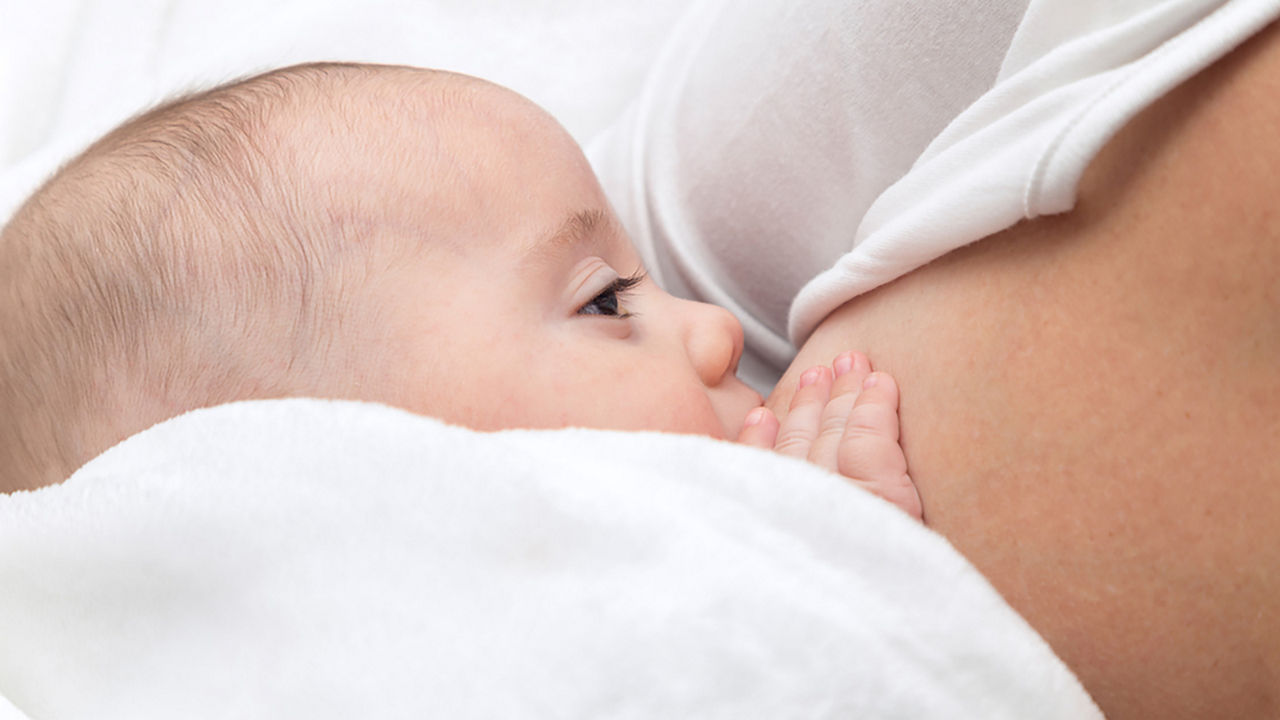
Thrush symptoms in breastfeeding
You or your baby can experience symptoms of thrush. If you believe your baby has thrush please contact a health care professional.
Your symptoms
- Nipple/ breast pain following feeding: Severe pain which lasts for up to an hour and has not been experienced in feeding before.
- If you are experiencing flu like symptoms, with a fever or severe pain which feels like it is shooting through your breast, then you could have mastitis and should contact your health care professional.
Baby’s symptoms
- White spots on your baby’s mouth
- Nappy rash
- White film on lips which doesn’t wipe off
- Discomfort/crying during feeding
Causes of thrush
Thrush is more common in babies who:
- Bottle feed
- Use dummies
- Feed expressed breast milk through a bottle
This is due to the increased risk of infection, when you use equipment that your baby feeds from e.g. teats.
To avoid this risk, make sure you sterilise your equipment correctly to avoid bacteria contamination.
Treating a thrush infection in the breast
The treatment will also be given for you and your baby, usually in the form of a cream. This can be prescribed by your GP, so if you believe you or your baby has thrush please contact a health care professional. You will be given an anti-fungal gel/cream to apply to your baby’s mouth, which is safe to give your baby and will fight the infection1. Make sure you keep your hands clean, washing before and after applying your baby’s cream/gel to prevent spread of infection. You will be given cream to apply to your nipples, and possibly a tablet along with this. Also ensuring correct hygiene, washing your hands when applying the cream, will help to prevent the infection from lasting.
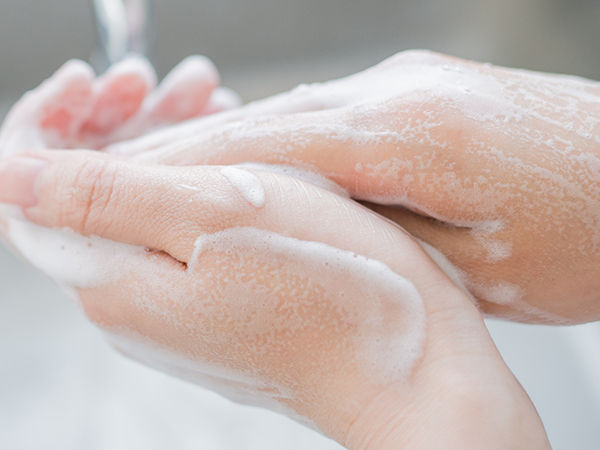
As with any infection - eating a healthy breastfeeding diet, ensuring you get lots of sleep and making sure you and your baby have good personal hygiene, and drinking water will help to fight off the infection quickly.
Can my baby catch thrush?
Your baby can catch thrush from your nipple but will be treated when you are treated with a cream. In 80% of cases if you or your baby gets thrush then the other will get it, so it is important to make sure you clean anything which will be in contact with both you or your baby3.
Can I still breastfeed with thrush?
You can continue to breastfeed with nipple thrush, however this may be very painful and therefore you can try to express breastmilk instead to feed to your baby and maintain milk supply. It is not advised to freeze this milk however, as the milk keeps the infection during freezing and could give your baby thrush once the infection has been cleared1.
Thrush and Breastfeeding

Need some help?
You can get quick answers to common questions in our FAQs.
Alternatively, if you need help with general pregnancy or baby advice, or maybe on using or ordering our products - our expert team are always on hand to talk about feeding your baby.
